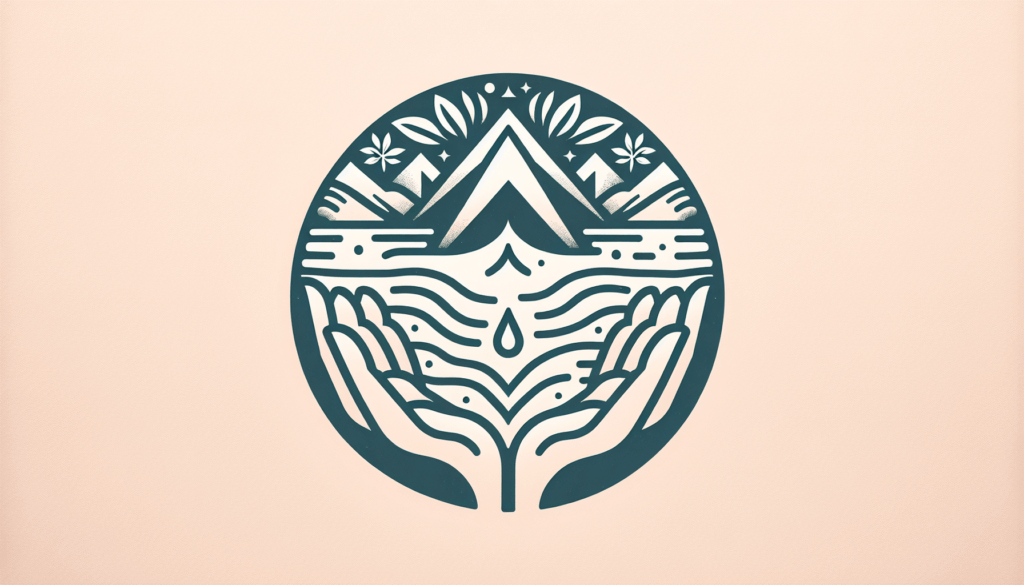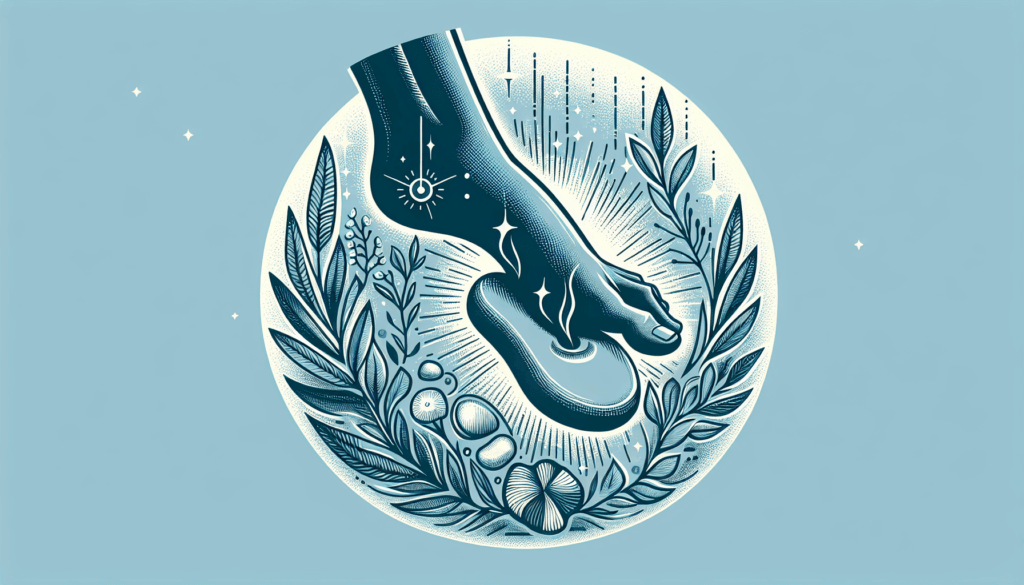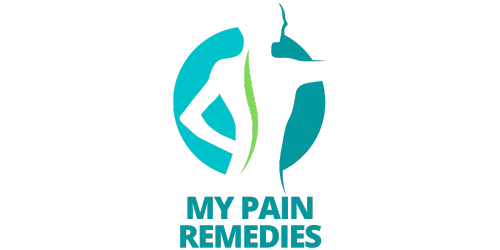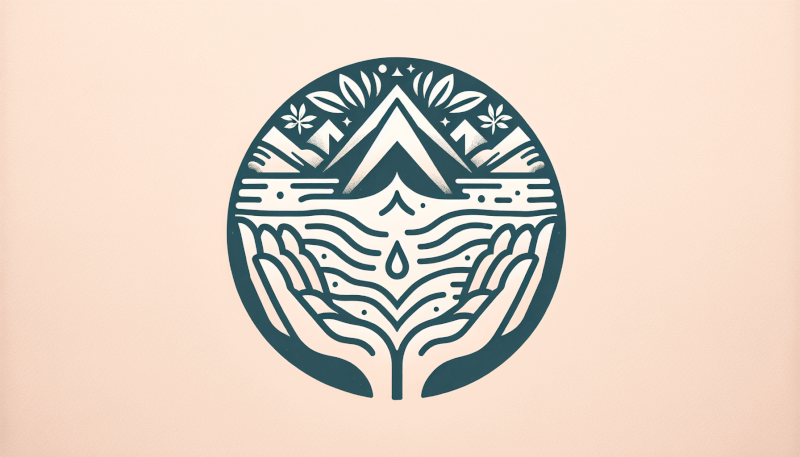Are you tired of dealing with constant heel spur pain? Look no further, as this article will provide you with a list of effective home remedies that can help alleviate your discomfort. From simple stretching exercises and ice packs to natural remedies like apple cider vinegar and turmeric, these methods are easy to incorporate into your daily routine. Say goodbye to that nagging heel pain and say hello to relief with these fantastic home remedies for heel spur pain.
Stretching exercises
Calf stretches
Calf stretches are a great way to alleviate heel spur pain and improve flexibility in your lower legs. To perform a calf stretch, find a wall or sturdy surface to lean against. Stand with one foot in front of the other and place your hands on the wall. Keep your back leg straight and your heel on the ground as you lean forward, feeling a stretch in your calf muscle. Hold the stretch for 30 seconds, then switch legs and repeat.
Plantar fascia stretches
Stretching the plantar fascia can help relieve tension and reduce heel spur pain. To perform a plantar fascia stretch, sit on the edge of a chair and cross one ankle over the opposite knee. With one hand, hold the toes of the crossed foot and gently pull them back towards you, feeling a stretch in the arch of your foot. Hold for 30 seconds, then switch sides and repeat.
Achilles tendon stretches
Stretching the Achilles tendon can also provide relief from heel spur pain. Stand facing a wall with one foot slightly behind the other. Place your hands on the wall for support and slowly lean towards the wall, keeping your back leg straight and your heel on the ground. You should feel a stretch in the back of your calf and Achilles tendon. Hold for 30 seconds, then switch legs and repeat.
Ice therapy
Ice pack application
Applying an ice pack to the affected area can help reduce inflammation and numb the pain caused by heel spurs. Simply wrap a gel ice pack or a bag of frozen vegetables in a thin towel and apply it to your heel for 15 minutes at a time. Repeat this several times a day, especially after activities that aggravate the pain.
Ice massage
Ice massage is another effective way to reduce heel spur pain. Fill a small paper cup with water and freeze it. Once frozen, tear off the top part of the cup to expose the ice. Use circular motions to massage the ice directly on the painful area for five to ten minutes. This can be done multiple times a day for relief.
Frozen bottle roll
Using a frozen water bottle to massage your heel can also provide relief. Freeze a water bottle and roll it back and forth under your foot for five to ten minutes. The cold temperature will help decrease inflammation while the rolling motion massages and stretches the affected tissues.

Epsom salt soak
Preparing the Epsom salt soak
Epsom salt is known for its soothing properties and can help reduce inflammation and pain associated with heel spurs. To prepare the soak, fill a bucket or basin with warm water and add half a cup of Epsom salt. Stir the salt until it dissolves completely.
Soaking the affected foot
Once you’ve prepared the Epsom salt soak, gently submerge your affected foot into the warm water. Allow your foot to soak for 15-20 minutes, allowing the Epsom salt to penetrate the skin and provide relief. You can repeat this treatment daily or as needed.
Frequency and duration
For maximum effectiveness, aim to soak your foot in the Epsom salt solution at least once a day. If your heel spur pain is severe, you may benefit from soaking multiple times a day. Adjust the frequency and duration of the soak based on your comfort level and the severity of your symptoms.
Apple cider vinegar
Internal consumption
Apple cider vinegar has been praised for its numerous health benefits, including reducing inflammation. To consume apple cider vinegar internally, mix one to two tablespoons of raw, unfiltered apple cider vinegar with a glass of warm water. You can add a teaspoon of honey to enhance the taste. Drink this mixture once a day on an empty stomach for potential relief from heel spur pain.
Topical application
Apple cider vinegar can also be applied topically to the affected area to reduce inflammation and pain. Mix equal parts of apple cider vinegar and water, then soak a clean cloth or cotton ball in the mixture. Apply the soaked cloth or cotton ball directly to your heel spur and secure with a bandage or tape. Leave it on for 15-20 minutes, then remove and rinse with water. Repeat this process two to three times a day for potential relief.
Potential benefits
Apple cider vinegar is believed to have anti-inflammatory properties, which can help reduce inflammation and alleviate heel spur pain. Additionally, it may help dissolve the calcium deposits that cause heel spurs over time. While individual results may vary, incorporating apple cider vinegar into your daily routine may provide some relief from heel spur pain.

Turmeric
Including turmeric in your diet
Turmeric is a natural anti-inflammatory spice that can provide relief from heel spur pain when consumed regularly. You can incorporate turmeric into your diet by adding it to dishes such as curries, stir-fries, or smoothies. Aim to consume at least one teaspoon of turmeric daily for potential benefits.
Turmeric paste application
To harness the anti-inflammatory effects of turmeric externally, you can create a paste to apply directly to your heel spur. Mix one tablespoon of turmeric powder with enough water to form a thick paste. Apply the paste to the affected area and cover with a clean cloth or bandage. Leave it on for 15-20 minutes, then rinse with water. Repeat this process daily to potentially reduce inflammation and ease heel spur pain.
Anti-inflammatory effects
Turmeric contains a compound called curcumin, which has potent anti-inflammatory properties. By incorporating turmeric into your diet or using it topically, you may experience a reduction in inflammation and pain associated with heel spurs. Consistency is key, so make turmeric a regular part of your routine for potential relief.
Massage therapy
Self-massage techniques
Self-massage can be a valuable tool in managing heel spur pain. Using your fingers or a tennis ball, apply firm pressure to the painful areas of your foot. Roll the ball or rub your fingers in circular motions to stimulate blood flow and relieve tension. You can do this for several minutes multiple times a day.
Professional massage options
For a more targeted and comprehensive approach, consider seeking professional massage therapy. A trained massage therapist can apply specific techniques to the muscles, tendons, and ligaments of your feet and lower legs. This can help increase circulation, reduce inflammation, and provide overall pain relief. Schedule regular sessions with a licensed massage therapist for optimal results.
Benefits of massage
Massage therapy can provide several benefits for heel spur pain. It helps increase blood flow and oxygenation to the affected area, reduces inflammation, and releases tension in the muscles. Regular massage can also improve flexibility and range of motion, enhancing your overall foot health and reducing the likelihood of future heel spurs.
Footwear modifications
Choosing supportive shoes
One of the causes of heel spurs is improper footwear. To alleviate pain and prevent further complications, it’s crucial to choose supportive shoes. Look for shoes with adequate arch support, cushioning, and a wide toe box to accommodate your foot’s natural shape. Avoid high heels or shoes with inadequate arch support, as they can exacerbate heel spur pain.
Orthotic inserts
Orthotic inserts are another footwear modification that can provide significant relief for heel spur pain. These inserts are designed to support your arch, absorb shock, and prevent excessive pronation or supination. Custom orthotics can be specially made to fit your foot’s unique shape and provide optimal support. Over-the-counter orthotic inserts are also available and can offer relief for milder cases.
Importance of proper footwear
Wearing proper footwear is essential for managing heel spur pain and preventing further discomfort. Supportive shoes and orthotic inserts help distribute your weight evenly, reduce stress on your feet, and promote proper alignment. By prioritizing your footwear choices, you can alleviate pain and improve your overall foot health.
Weight management
Impact of excess weight
Excess weight can place additional pressure on your feet, exacerbating heel spur pain. Losing weight can significantly reduce the strain on your feet and alleviate the pain caused by heel spurs. Adopting a well-balanced diet and engaging in regular exercise are essential for effective weight management.
Dietary changes
To support weight management and reduce inflammation, incorporate more fruits, vegetables, lean proteins, and whole grains into your diet. Limit your intake of processed foods, sugary snacks, and beverages high in added sugars. Stay hydrated by drinking plenty of water and minimize your alcohol consumption. Consulting with a nutritionist or dietitian can provide personalized guidance for weight management and overall health.
Exercise for weight management
Regular exercise is crucial for weight management and reducing the strain on your feet. Engage in activities that you enjoy, such as walking, swimming, or cycling, for at least 30 minutes a day. Gradually increase your exercise intensity and duration as your fitness level improves. Consult with a healthcare professional before starting any new exercise program, especially if you have existing medical conditions.
Rest and elevation
Reducing weight-bearing activities
Resting your feet and minimizing weight-bearing activities can help reduce heel spur pain. Avoid high-impact exercises, prolonged standing, or activities that put excessive strain on your feet. Opt for low-impact exercises like swimming or cycling, which provide cardiovascular benefits while minimizing stress on your feet.
Elevating the affected foot
Elevating the affected foot can help reduce swelling and alleviate pain. Find a comfortable position and use pillows or cushions to elevate your foot above the level of your heart. This promotes better blood circulation and reduces inflammation in the affected area.
Importance of rest
Proper rest is vital for the healing process and can significantly contribute to pain reduction. Give your feet regular breaks and prioritize rest periods to allow your body to recover. Incorporating rest into your daily routine is essential for managing heel spur pain and preventing further complications.
Over-the-counter pain relievers
Choosing suitable medication
Over-the-counter pain relievers can provide temporary relief from heel spur pain. Nonsteroidal anti-inflammatory drugs (NSAIDs), such as ibuprofen or naproxen, can help reduce inflammation and alleviate discomfort. Follow the dosage instructions on the packaging and consult with a healthcare professional if you have any underlying medical conditions or concerns.
Potential side effects
Like any medication, over-the-counter pain relievers may have side effects. Common side effects of NSAIDs include stomach irritation, stomach ulcers, and increased risk of bleeding. It’s important to use these medications as directed and to consult with a healthcare professional if you have any pre-existing conditions or are taking other medications.
Consulting a healthcare professional
While home remedies and over-the-counter pain relievers can provide temporary relief, it’s essential to consult with a healthcare professional for a comprehensive evaluation and personalized treatment plan. They can assess the severity of your heel spur pain, recommend appropriate treatments, and ensure proper management of your condition.
Remember to listen to your body and prioritize self-care when dealing with heel spur pain. Implementing these home remedies and lifestyle changes, along with professional guidance, can help alleviate pain, promote healing, and improve your overall foot health.


